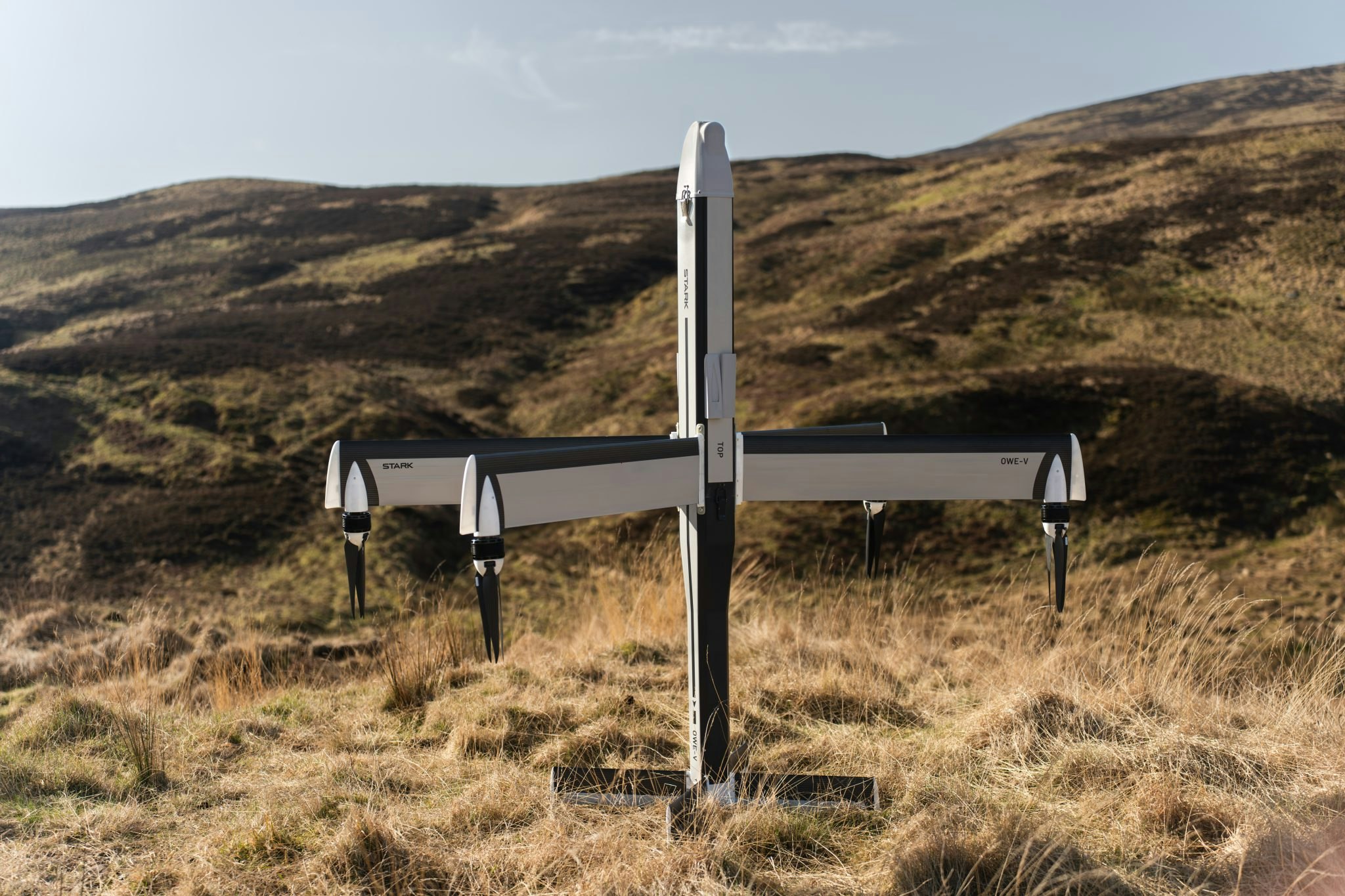A new report by executive search service Erevena has mapped out the patterns of leadership hiring amongst B2B unicorns, to identify the recruitment strategies that can set a startup up for success.
The report looks at 80 unicorns launched after 2010 and identifies every senior hire (C-suite, vice-presidents, founders and general manager) made in the first five years after product launch. The pool was evenly split between startups with a product-led go-to-market (GTM) strategy and those with a sales-led GTM.
It also compared the data to a control group of startups that raised funding from the same sources as the unicorns, raised at least $2.5m in their first two years and at least $15m in their first five, but have never been valued at more than $250m.
Around 50% of the companies were based in Silicon Valley, 10% in New York and the rest global.
While the report suggests patterns across the unicorns, the findings show correlation rather than causation.
So, what did the data find?
Unicorn companies typically have more people in leadership roles by year five than non-unicorns
On average, unicorn companies hire more senior employees across their first five years compared to companies that don’t make it to unicorn status. The first year’s hires only vary slightly — unicorns have an average of 3.2 senior employees, compared to 2.6 in the control group — but by year five, the gap has widened significantly, to a difference of 9.3 employees, on average.
Engineering and tech teams are the most likely to be filled with senior leaders
A higher percentage of unicorn companies hired at least one leader in every function of their business compared to the non-unicorn control — except for engineering teams, where 1 percentage point more of the control group made at least one senior hire.
Engineering leaders were the most common hires to be made in both the unicorn and control groups, with 85% of unicorns and 86% of the control adding senior talent into that department — 85% of unicorns also added a senior leader to their sales and business development department, and 78% recruited a senior leader into their marketing and communications team.
Where the two groups diverged most significantly was in their people and HR department: 51% of unicorns hired someone to lead this function, compared to just 9% of the control group.
Sales-led unicorns tend to have more leadership roles by year five than product-led companies
While both types of startup begin with a similarly sized team a year after launch, by year five sales-led leadership teams have grown to an average of 18.2 people, compared to product-led’s 11.1.
In the fifth year, both types of team have the highest number of leaders in sales and marketing functions: sales-led teams have an average of 4.3 sales leaders to 3 engineering and 3.8 operations hires, and product-led companies have 8.1 sales hires to 4.7 in engineering and 5.4 in operations roles.
While the balance of the team is towards engineering and operations roles in early years, by year five there’s a shift towards senior sales and marketing hires
In the first two years after the launch of a product, unicorns hire more engineering and operations leaders — it isn’t until year three that sales teams grow to overtake the other two functions. By year five, there are an average of six sales leaders, outnumbering both engineering and operations.
The most experienced members of a unicorn team have more years under their belts than the control group — but the least experienced unicorn leaders have less experience than non-unicorns
The average senior leader in a unicorn, excluding founders, stays in the company for 2.7 years (in control, it’s 2.6 years). They also have, on average, 18.1 years of prior experience, compared to 19 in the control group.
From the first year after launch until year five, the most experienced senior hire at unicorn companies has marginally more years of experience than the same type of leader at the control companies — but at the other end, the least experienced members of a unicorn’s senior team have less years under their belt than the same employees at non-unicorns.
Though the average years of experience has little impact, the total years of experience in leadership teams varies significantly between unicorns and the control, as unicorns tend to hire more senior positions. By year five, unicorns had an average total of 230.8 years of experience across their leadership teams; in the control, the total experience totalled 73.7 years.
Erevena’s data also suggests that the number of years spent at a startup didn’t translate to a leader’s success. Comparing the average tenure of leaders in sales, operations and engineering teams at unicorns with the control group, there’s no significant difference between how long a leader stays at a company and whether or not it makes it to unicorn status. Leaders at unicorns stayed for an average of 2.7 years, compared to 2.6 years for the control.
There’s no identifiable pattern for the order in which specific expertise is added to the leadership team
Excluding the founding team, the first three hires unicorn companies make are generally evenly split across operations, technical and sales. So, while there are efficient hiring roadmaps for every startup to maximise the potential of employees, when it comes to passing the $1bn valuation threshold, there doesn’t seem to be a secret formula related to the earliest three senior leaders you hire.



